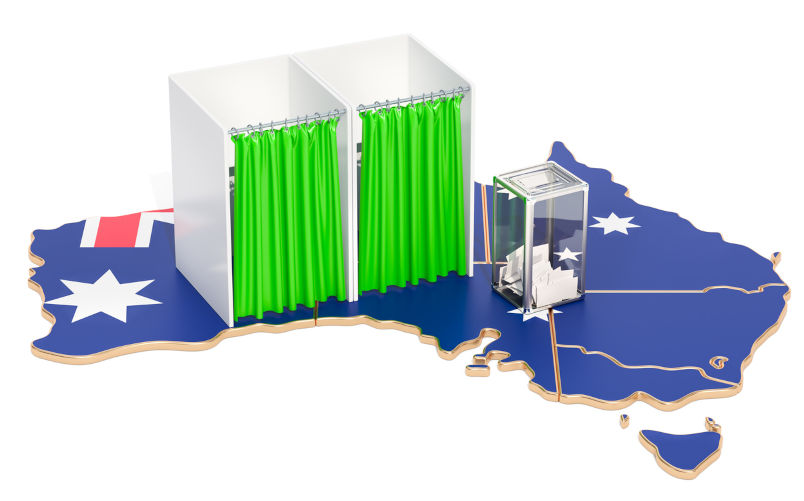The Virginia University’s publication, Sabato’s Crystal Ball, recently published an interesting article about the recent voting performance of the various US states relative to the nation as a whole.
The US approach is not directly transferable to Australia. Particularly because we have only eight states and territories compared to 50 states in the USA. In particular, NSW and Victoria, are a very large proportion of the national vote. As a result, the national figures will be more significantly affected by the vote in those states than is the case with even the largest states in the USA.
However, the patterns of support and the variability of that support from election to election is interesting and may provide some insights into Australian prospects in 2025.
Over the last twenty years the voting performance of voters in different states has varied in some interesting ways.
It is not surprising that the vote in NSW has tracked the national vote very closely. The proportion of votes cast in NSW of the national vote was 31.6% and therefore some similarity of pattern would be expected. However, over the seven elections since 2004 the average of variation of the NSW vote from the national two party preferred vote for the ALP has been only -0.2%. Over this time there has been relatively little variance in the comparison of state to national vote.
The biggest over performance for Labor compared to the national vote was 1.0% in 2007, the biggest underperformance was -1.3% in 2010 making a variance of 2.3%.
The situation in Victoria is different. Victoria constitutes a smaller but still significant proportion of Australian voters 25.8%. However, Victoria has differed more significantly from the national average. Over the last seven elections since 2004 the average difference in two party preferred vote for the ALP between the national average and Victoria was 3.1% more in Victoria than the national average. The range of results was from +1.7% in 2004 to +5.3% in 2010, a range of 3.6%.
Queensland has been the strongest state for the conservative side of politics. Since 2004 it has registered results on average 4.4% below the national average for the ALP. There has, however been quite a range of results. The biggest variation was -6.9% in 2019 and the smallest was -2.3% in 2007, an election in which Labor’s leader was from Queensland.
Western Australia has had the biggest variation in results relative to the national support for the ALP. The average divergence has been only 3.6%, but this masks a very large variation in relative results. The worst relative result for Labor in WA was in 2010 when the party underperformed the national two party preferred result by 6.6% and the best result was +2.9% in 2022. The 9.5% differential form best to worst is the largest for any state or territory.
South Australian results have varied less wildly than WA and have over recent elections shown a distinct move towards the ALP in relative terms. Apart from NSW, which has essentially mirrored the national figures, South Australia has the smallest average difference between national and state results with an average difference of 1.2% from the national results. In the last five elections the ALP two party preferred vote in South Australia has been above the national average, with the largest difference, 3.0% in 2010, when the Labor leader had strong South Australian connections.
The comparative results in the smaller jurisdictions, Tasmania, ACT and Northern Territory, are likely to be distorted by events in individual electorates such as the retirement of a popular sitting member. Over the last twenty years all these jurisdictions have consistently shown support for the ALP above the national average.
This survey of state voting patterns and history is not predictive. However, when taken with the national polling averages published recently by the Poll Bludger website which showed a decline in the ALP’s lead in Victoria and WA and a small fall from the coalition’s average lead in Queensland these figures may go some way to explain why the Prime Minister commenced his 2025 campaigning in Queensland and Western Australia while the Opposition leader held his first 2025 campaign outing in Victoria.
Bob McMullan was State Secretary of the Labor Party and National Secretary as well as a Senator, MP and Cabinet Minister. He is now a Visiting fellow at the Australian Studies Institute at ANU.
